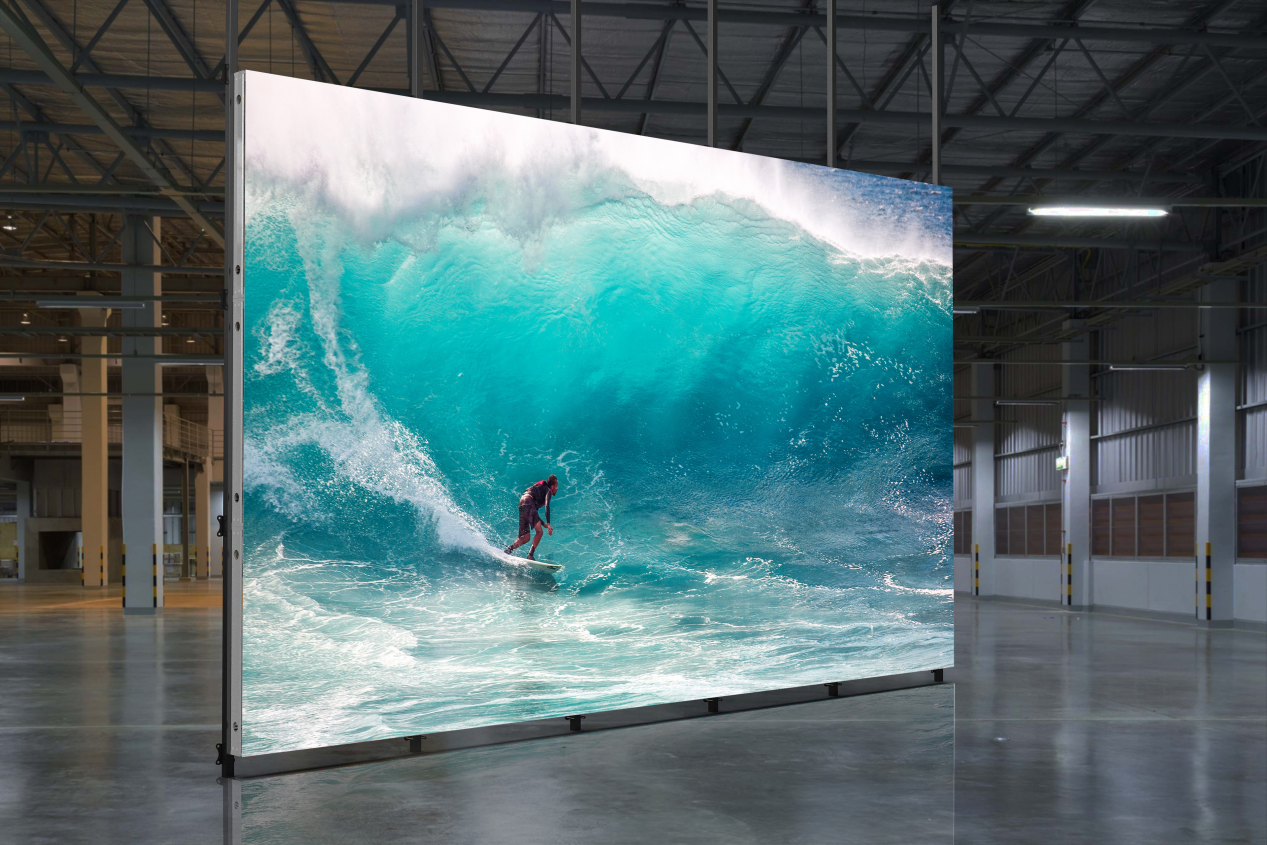In the realm of LED displays, pixel pitch serves as the crucial determinant of image clarity and viewing experience. Put simply, pixel pitch refers to the distance between the center of one LED cluster (or pixel) to the center of the adjacent cluster. This metric holds immense significance, dictating the optimal viewing distance and the overall visual impact of the display.

The selection of pixel pitch hinges on several key factors, each influencing the decision-making process:
Viewing Distance: The foremost consideration is the anticipated viewing distance of the audience. For applications where viewers will be at a considerable distance from the screen, such as outdoor billboards or stadium displays, a larger pixel pitch is suitable to maintain clarity without overspending on unnecessary resolution.
Resolution Requirements: Different applications demand varying levels of detail. In scenarios where intricate graphics or high-definition video playback is paramount, a smaller pixel pitch is imperative to ensure crispness and fidelity. Indoor venues like control rooms, conference centers, or retail displays often benefit from finer pixel pitches to deliver immersive visual experiences.
Budget Constraints: Cost considerations play a pivotal role in the selection process. While smaller pixel pitches deliver superior image quality, they come with a higher price tag due to the increased number of LEDs per unit area. Balancing the desired visual quality with budget limitations is essential to achieving an optimal solution.
Environmental Factors: Environmental conditions such as ambient light levels, viewing angles, and installation environment must be taken into account. Outdoor displays subjected to direct sunlight necessitate higher brightness levels and larger pixel pitches to maintain visibility, while indoor environments afford more flexibility in pixel pitch selection.
Content Type: The nature of content to be displayed also influences pixel pitch selection. Text-heavy content or content with fine details requires finer pixel pitches to ensure legibility and visual fidelity. Conversely, content primarily consisting of large graphics or video playback may tolerate larger pixel pitches without sacrificing quality.
In conclusion, the choice of LED display pixel pitch is a nuanced decision that demands careful consideration of factors such as viewing distance, resolution requirements, budget constraints, environmental conditions, and content type. By meticulously evaluating these variables, stakeholders can make informed decisions to ensure optimal visual performance and maximize the return on investment for their LED display installations.